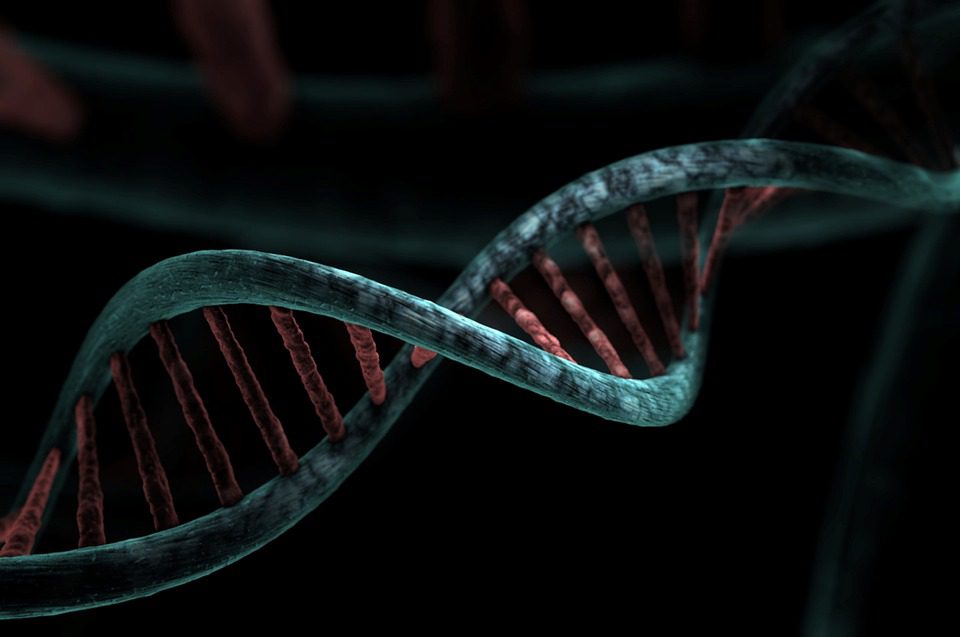Some bacteria have been shown to have an extraordinary ability to digest things in their surroundings faster than their competition after they acquired a strange library of supplemental genes dubbed “Borg” DNA. Researchers hope to discover novel ways of engineering life to significantly reduce methane emissions by gaining a deeper understanding of how organisms employ these peculiar extrachromosomal packets of information.
Researchers have been analyzing the diversity of sequences methane-eating microbes store in these peculiar genetic depositaries in an effort to learn more about the development of life after a study was announced last year (and is now published in Nature).
These unexplained DNA components, dubbed “Vulcans” after the fictional extraterrestrial race that absorbs all its victims into a single hive consciousness, mimic that ability by scavenging for and incorporating beneficial genes from a wide variety of animals over long periods of time.
Found in a microbe called Methanoperedens, these genetic “Borgs” appear to have optimized themselves over millennia to increase the organism’s capacity to absorb methane. Experts believe that Borgs are an extrachromosomal portion of DNA (ECE). Outside of the chromosomes, these clumps of DNA contain the machinery necessary for gene integration.
The Borg ECE is linear rather than circular, in contrast to most other ECEs. Plus, they’re unusually long in length. The group found 19 unique Borg ECEs, including 4 full sequences, in samples taken from subterranean soil, aquifers, and riverbeds. Through extensive genome study, it was shown that Borgs are genetically similar to Methanoperedens, a microorganism that metabolizes methane. Some Borgs have the machinery to ingest methane on their own, assuming they are housed within a cell capable of expressing the Borg’s genes.
Even though not every Methanoperedens microbe has Borgs, scientists believe that they may represent the remnant fragments of a wide variety of bacteria that were ingested by Methanoperedens. One possible reason is that Borgs serve as repositories for metabolic genes that are only required under certain conditions, like as when methane is abundant. Because to the presence of Borgs, some Methanoperedens microorganisms may be able to consume even more methane than they normally would. There is still a lot of mystery around these intriguing DNA snippets.












Leave a Reply